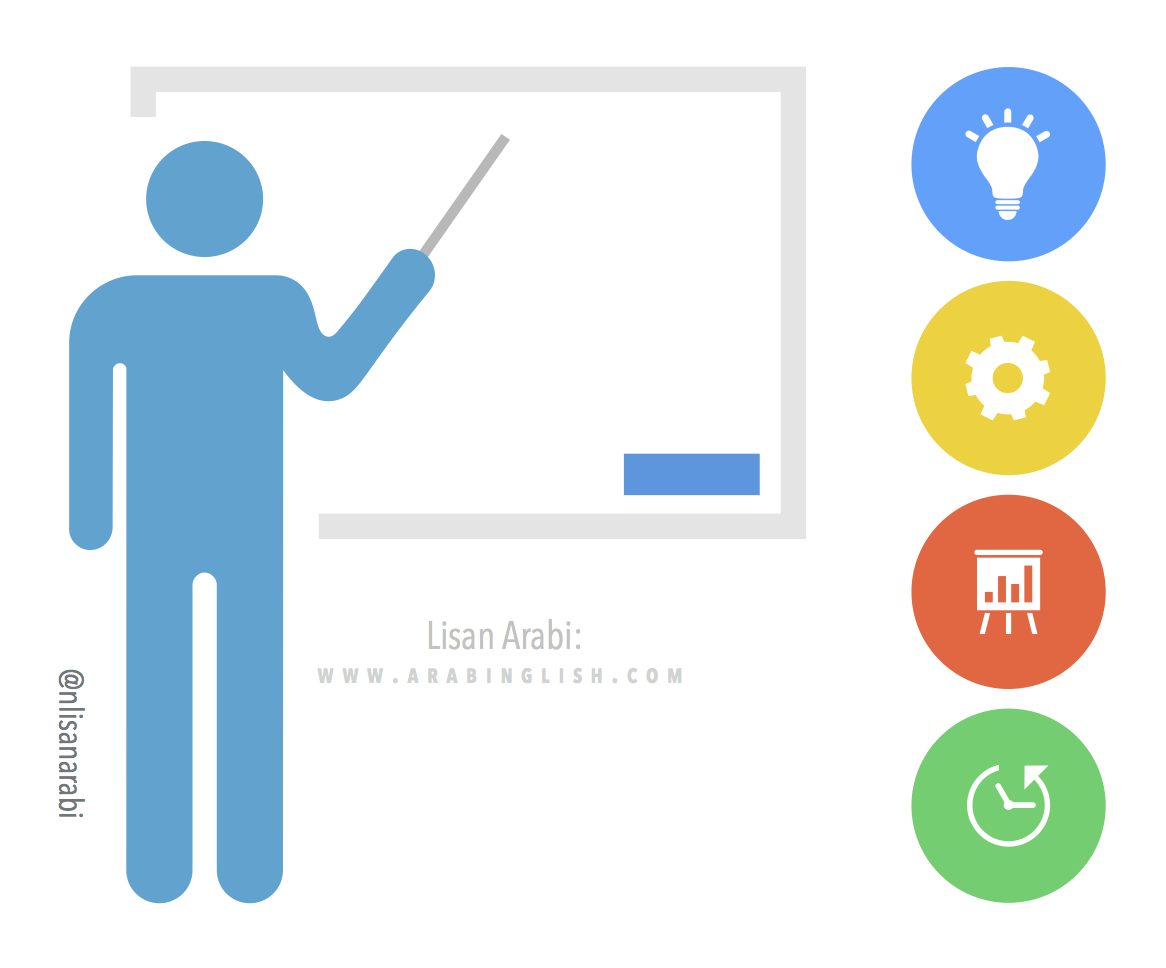Body Parts
Learning the body parts is one of the most important and fun things young learners can do during their basic learning of a language. Their body parts are the closest objects they can be sure of as they are theirs and they use them with no interference of adults. Therefore, they are always excited...

